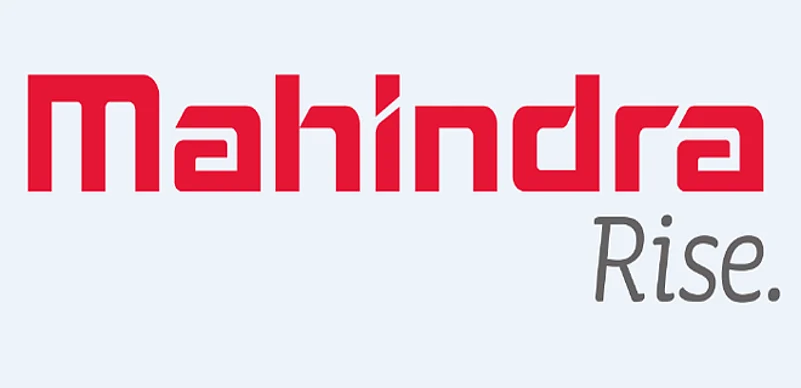In words of Mahindra & Mahindra (M&M) Limited, the group is “a federation of many companies, but is one brand.” The corporation is divided into 10 business sectors: aerospace and defence, automotive, after-market, farm equipment, financial services, hospitality, IT services, real estate and infrastructure, logistics, two-wheelers and telecom.
M&M’s automotive segment comprises of sale of utility vehicles, commercial vehicles and three- wheelers (3Ws). The company offers a complete portfolio – electric vehicles to SUVs; pick-ups to heavy commercial vehicles. The auto-major has global presence across six continents and more than 100 countries including South and North America, Europe, Middle East & Africa and Asia Pacific. In 2011, M&M acquired majority 70 percent of stake in Korea‐based Ssangyong Motors Company to become a global sport utility vehicle (SUV) company.
Advertisement
M&M owns Mahindra Two Wheelers Limited (MTWL), which is a group venture and manufactures scooters & motorcycles. The company entered the highly competitive two-wheeler industry - through the acquisition of select business assets of Kinetic Engineering, in 2008. The portfolio of Power Scooters was launched after the acquisition and gained for double-digit market share. In 2013, the auto-maker became a full-fledged two-wheeler major by entering the motorcycle market.
Utility Vehicle Business
M&M’s category-defining UVs, which are tough, reliable and built to thrill has lost massive market share in recent years. The auto-giant’s market share has plummeted by 12.5 percent in past three years to 29 percent in 2017. The main reasons for this loss have been the company’s failure to cash in on the strong demand for compact SUVs & crossovers; and the subdued volume performance of recent launches - TUV3OO and KUV1OO.
Advertisement
The UV business of M&M is anticipated to get back on track given the company sharpens its focus on addressing product gaps - by cashing in on demand spurt for compact SUVs/crossovers via new MPV ’321’ in 2018 and Tivoli‐based SUV ’S201’ in 2019; corrective measures to address lacuna in existing portfolio - TUV3OO and KUV1OO and launch of refreshes & petrol variants across its portfolio.
One of the levers for M&M’s market share gains is the increase in Bolero volumes with rural recovery.
The key risk in the UV segment is that M&M needs to realign itself with the changing customer profile. With limited success of its recent launches – KUV3OO and TUV1OO, it is very critical for M&M to get is next two launches right and start gaining market share.
Tractors Business
The tractor business of the Mumbai based auto-maker is well-positioned to benefit from robust industry demand and sustain market share gain momentum riding new launches and expanding reach. The industry tractor demand is estimated to post healthy double digit growth in fiscal 2018 led by normal monsoon and government’s thrust on reviving the rural economy.
In 2017, M&M witnessed all‐time high market share of 42.6 percent and this momentum will sustain riding strong response to new launches such as YUVO, NOVO, JIVO and ongoing network expansion drive.
On valuations front, M&M is perking up. Over 2017-19 period, it is estimated the core earnings per share (EPS) CAGR of 19 percent guided by tractors and large commercial vehicle. However, for the utility vehicles segment, only 9 percent of growth is factored in owing to waiting of new launches, given the past disappointments. At current market price of R 1,367, M&M trades at 18 times its expected earnings of 2019.
Advertisement
Another major risk for M&M, since it’s a conglomerate with varied business interests, managing such complex structure can divert focus from the core business and can pose execution risks. In addition to this, the company is incurring losses at operational level in its 2-wheeler business. In the event of failure to turn around the business, the company might have to infuse more capital in drag performance of its core business.















 Just one email a week
Just one email a week